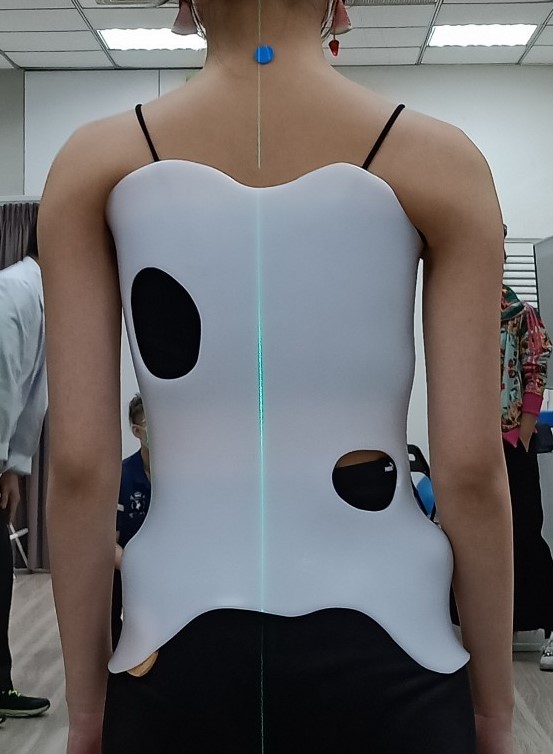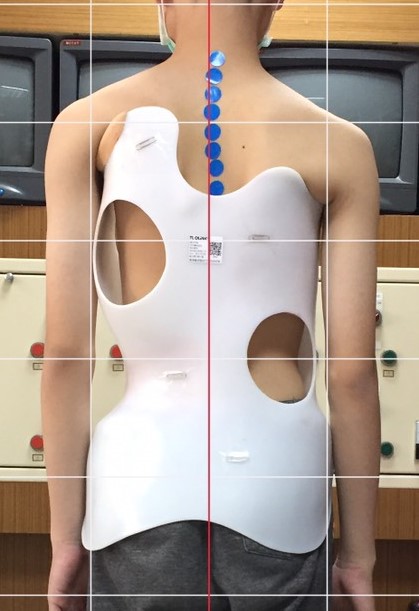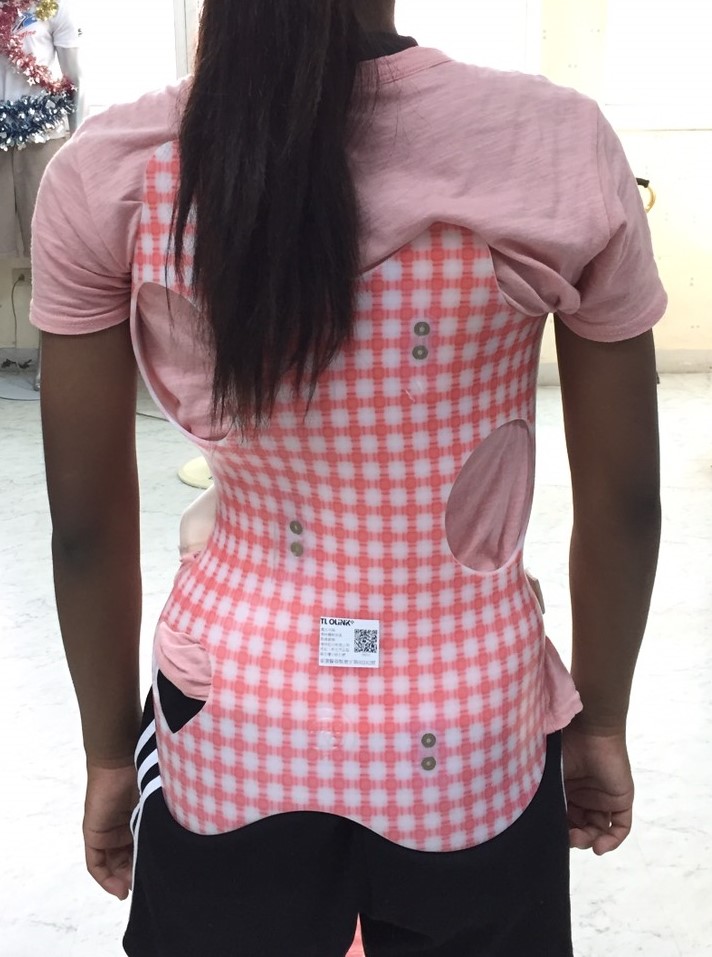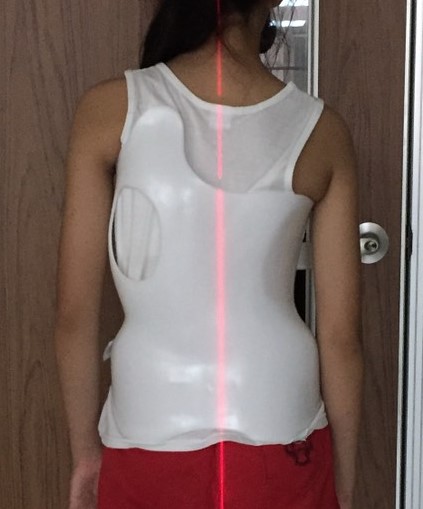The interview
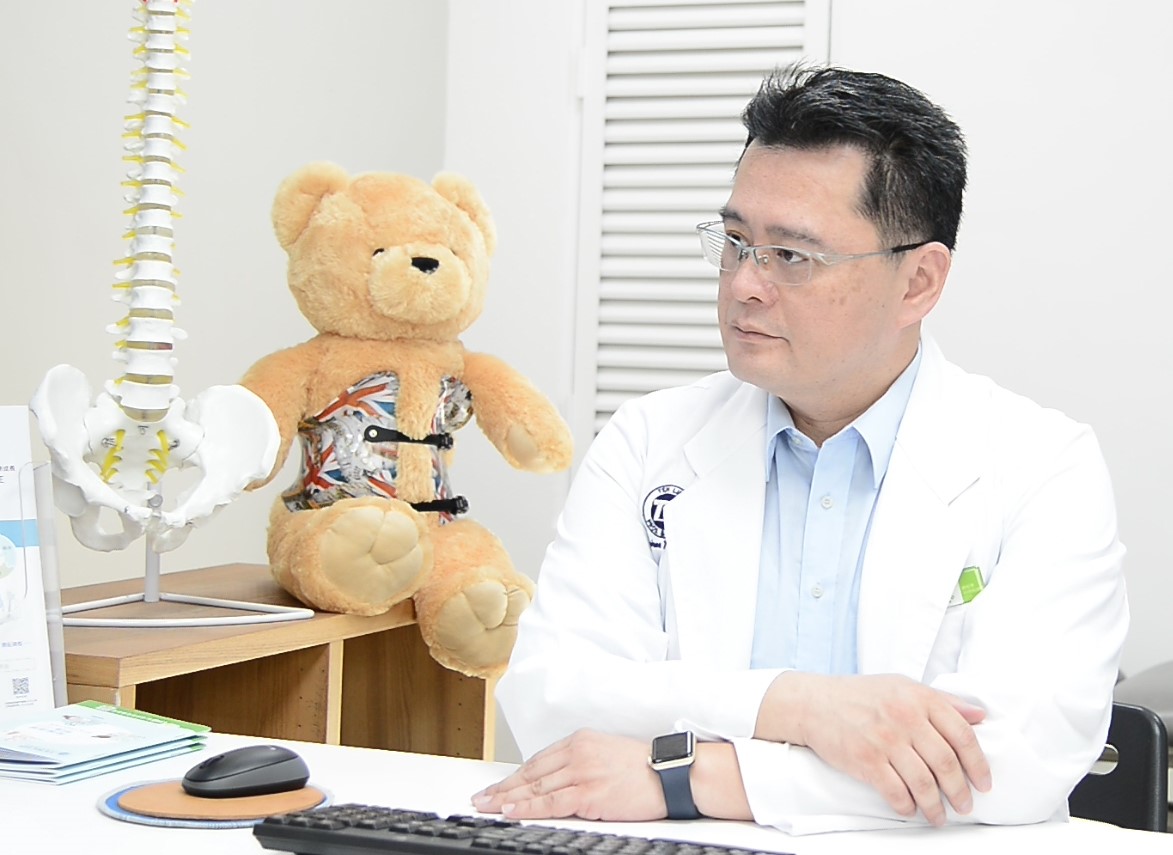 J
J
Jian-Yu Chen, Taiwan
What is your profession:
I am a certified CPO in Taiwan. Besides, I am also an engineer of 3D modelling.
How is the rehabilitation treatment of spine diseases managed in your country?
Rehabilitation treatment of the spine, such as Schroth and so on, is a new concept and has become popular in the last few years in Taiwan. Observation, braces (Boston or nighttime braces), and surgery were commonly recommended by doctors in the past. But now, an increasing number of scoliosis patients have noted the development of PSSE. Besides, patients would also like to try tailored-designed braces, not just Boston or night-time braces.
Scoliosis: how is it treated?
Right now, in Taiwan, we have school screening for scoliosis. As soon as scoliosis has been detected, doctors will refer the patient to us (P&O) or to PT for braces or exercises. If scoliosis worsens up to 50 degrees, surgery is recommended.
What would you like to improve on the clinical practice currently followed in your country?
Knowledge of brace design is a key problem. Many CPOs in Taiwan use traditional skills and tools to make braces. In their braces, I cannot see much biomechanical design inside. They cannot help the patients improve scoliosis. Right now, I use the Rigo and SPoRT concepts to design the brace. However, my actual knowledge is not enough. I keep learning more scoliosis correction technology to make better braces.
What can the Scoliosis Online Master Course PPSCT give you, and how do you think you can apply this knowledge in your daily clinical practice?
Because I am a CPO, I will focus more on brace design. I would like to know more details about the brace design for some difficult issues, such as upper-thoracic curves or flat- backs. I will combine biomechanical theory and our brace design experience and share knowledge with doctors and physiotherapists.
